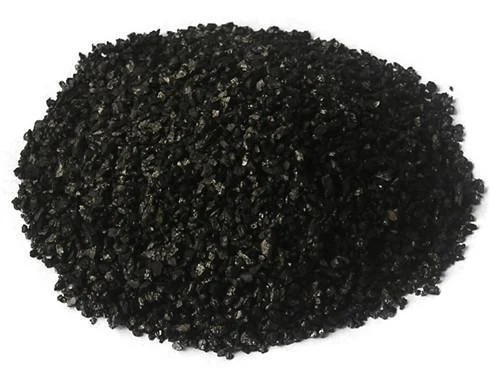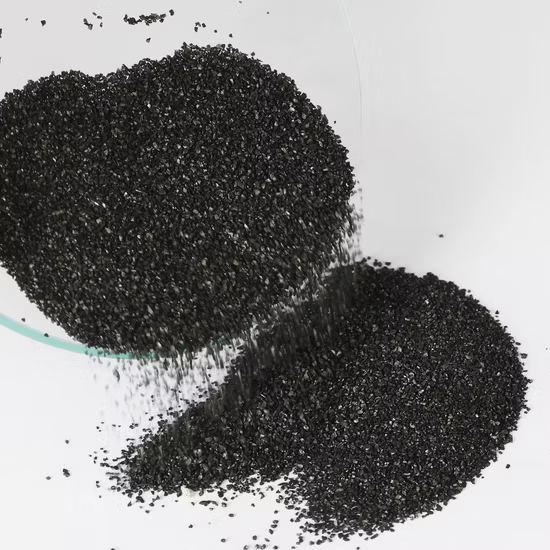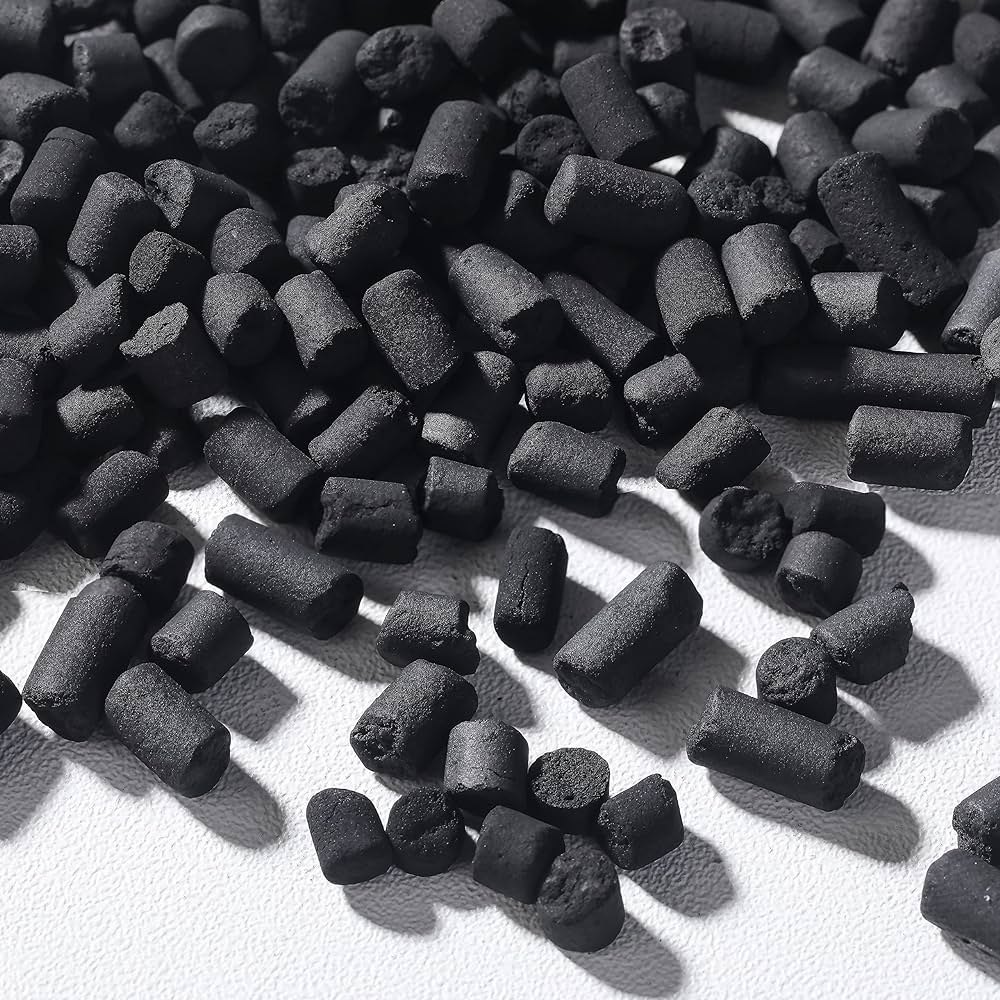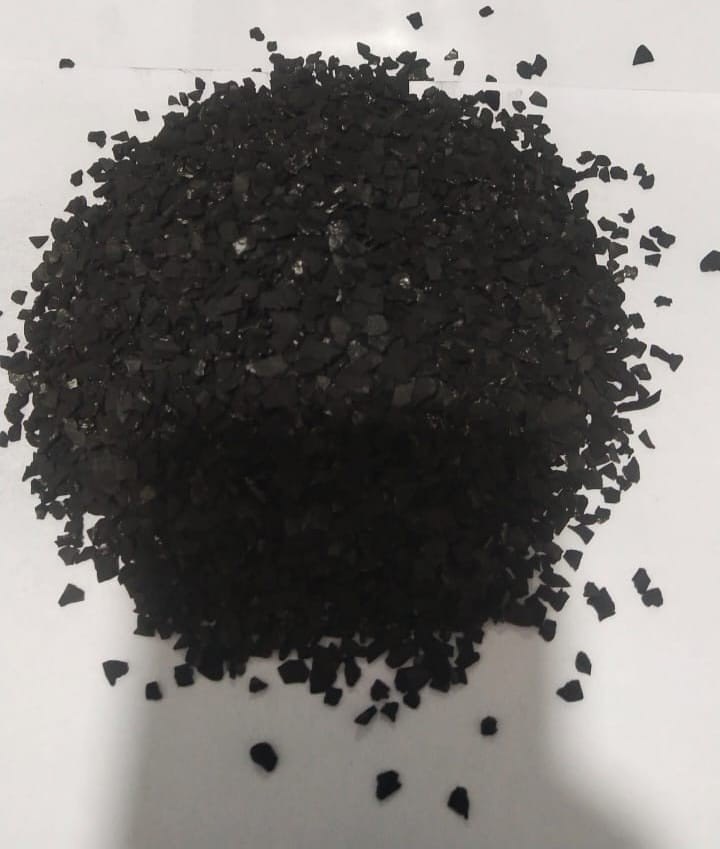Description
Harnessing the Power of Tiny Particles: The Rise of Carbon-Supported Catalysts
In the world of chemical reactions, catalysts play the unsung heroes, speeding up processes and making them more efficient. But catalysts themselves often need a support system, a scaffolding that enhances their performance and durability. Enter carbon-supported catalysts, a class of materials revolutionizing fields from energy production to environmental remediation.
Carbon, in its various forms, has emerged as an ideal support for a wide range of catalytic materials. This isn’t just a coincidence; the unique properties of carbon make it a perfect partner for boosting catalytic activity.
Why Carbon? The Advantages are Clear:
- High Surface Area: Carbon materials like activated carbon, carbon nanotubes, and graphene offer incredibly high surface areas. This means more space for the catalytic material to disperse, maximizing the number of active sites available for reaction. Think of it like spreading a small amount of butter over a huge piece of toast – more surface area means more even coverage.
- Tailorable Properties: Carbon comes in many forms, each with its own distinct characteristics. Scientists can tailor these properties, such as porosity, conductivity, and surface functionalities, to optimize the catalyst for a specific reaction. Need excellent electrical conductivity for electrocatalysis? Carbon nanotubes are your answer. Need high porosity for enhanced mass transport? Activated carbon is the way to go.
- Chemical Inertness: Carbon is relatively inert, meaning it won’t interfere with the reaction or react with the catalyst itself. This stability ensures the catalyst remains active for longer, leading to more efficient and cost-effective processes.
- Lightweight: Carbon is a lightweight material, which is particularly important for applications where weight is a concern, such as in portable fuel cells.
- Cost-Effectiveness: Certain forms of carbon, like activated carbon, are relatively inexpensive, making carbon-supported catalysts a viable option for large-scale industrial applications.
From Fuel Cells to Pollution Control: Applications Abound:
The versatility of carbon-supported catalysts has made them indispensable in a wide range of applications:
- Fuel Cells: Platinum nanoparticles supported on carbon are widely used as electrocatalysts in fuel cells, facilitating the electrochemical reactions that generate electricity from hydrogen and oxygen. Carbon provides the necessary conductivity and high surface area for efficient electron transfer.
- Environmental Remediation: Carbon-supported catalysts are employed in breaking down pollutants in air and water. For example, metal oxides on activated carbon can catalyze the oxidation of harmful volatile organic compounds (VOCs) in industrial emissions.
- Chemical Production: Carbon-supported metal nanoparticles are used in various chemical processes, such as hydrogenation, oxidation, and polymerization reactions. The carbon support ensures the metal nanoparticles are well-dispersed and maintain their activity over time.
- Hydrogen Storage: Highly porous carbon materials can be used to store hydrogen gas, a promising alternative fuel. The high surface area allows for significant hydrogen adsorption.
The Future is Bright (and Black!):
The field of carbon-supported catalysts is constantly evolving. Researchers are actively exploring new carbon materials, developing more efficient methods for depositing catalytic materials onto carbon supports, and designing catalysts with enhanced stability and selectivity.
Looking ahead, we can anticipate:
- More sophisticated carbon architectures: We’ll see more complex and precisely controlled carbon structures designed for specific catalytic applications.
- Improved catalyst stability and activity: Through careful control of the catalyst-support interaction, we can expect to see catalysts with longer lifespans and higher reaction rates.
- Expansion into new applications: Carbon-supported catalysts are likely to play an increasingly important role in emerging fields like carbon capture and utilization, and the development of sustainable chemical processes.
In conclusion, carbon-supported catalysts represent a powerful and versatile platform for enabling efficient and sustainable chemical reactions. Their unique properties, combined with the ongoing advancements in materials science and nanotechnology, promise a bright future for this exciting field. As we strive for more efficient and environmentally friendly solutions, carbon-supported catalysts will undoubtedly play a pivotal role in shaping a more sustainable future.











Reviews
There are no reviews yet.